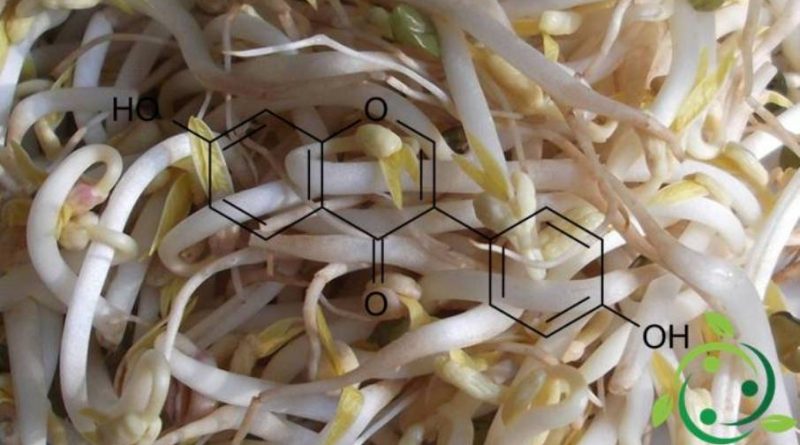Daidzein
Daidzein
Daidzein, whose term in the official IUPAC nomenclature is: 7-hydroxy-3- (4-hydroxyphenyl) chromene-4-one and whose molecular brute formula is C15H10O4, is a natural compound found mainly in soy and in others legumes, including the Kudzu (Pueraria montana (Lour.) Merr.), the Kwao Krua (Pueraria mirifica), structurally belongs to the class of isoflavones.
Daidzein It can also be found in cell cultures of Maackia amurensis and in foods and soy-based products such as tofu and textured vegetable proteins (TVP), dehydrated food products based on soy flour.
It should be noted that the total isoflavones in soybeans are on average: 37% daidzein, 57% genistein and 6% glycitein.
Soy germ contains 41.7% daidzein.
Daidzein, like other isoflavones, is produced in plants through phenylpropanoid, which is a derivative of tyrosine or phenylalanine, in secondary metabolism.
These isoflavones are used by plants for various biochemical processes and as a defense against pathogen attacks.
As for humans, recent research has shown the possibility of using daidzein in medicine; can be used as a relief of menopause, osteoporosis, blood cholesterol and the reduction of the risk of certain hormone-related cancers and heart diseases.
Daidzein is not recognized as a drug, but as a component of supplements it is generally believed that it will give rise to a ser tomorrow beneficial effects thanks to the metabolite in which it is transformed once assimilated by the body: laboratory studies give it the property of activating PPAR receptors , which regulate fatty acid deposition and glucose metabolism, resulting in the pathogenesis of various conditions such as atherosclerosis, diabetes and cancer; it also has both estrogenic and anti-estrogenic action, and some research has shown a probable antioxidant property.
Even today there are no scientifically validated studies that can confirm that daidzein is neither effective nor safe.
Warning: The information given is not medical advice and may not be accurate. The contents are for illustrative purposes only and do not replace medical advice.

